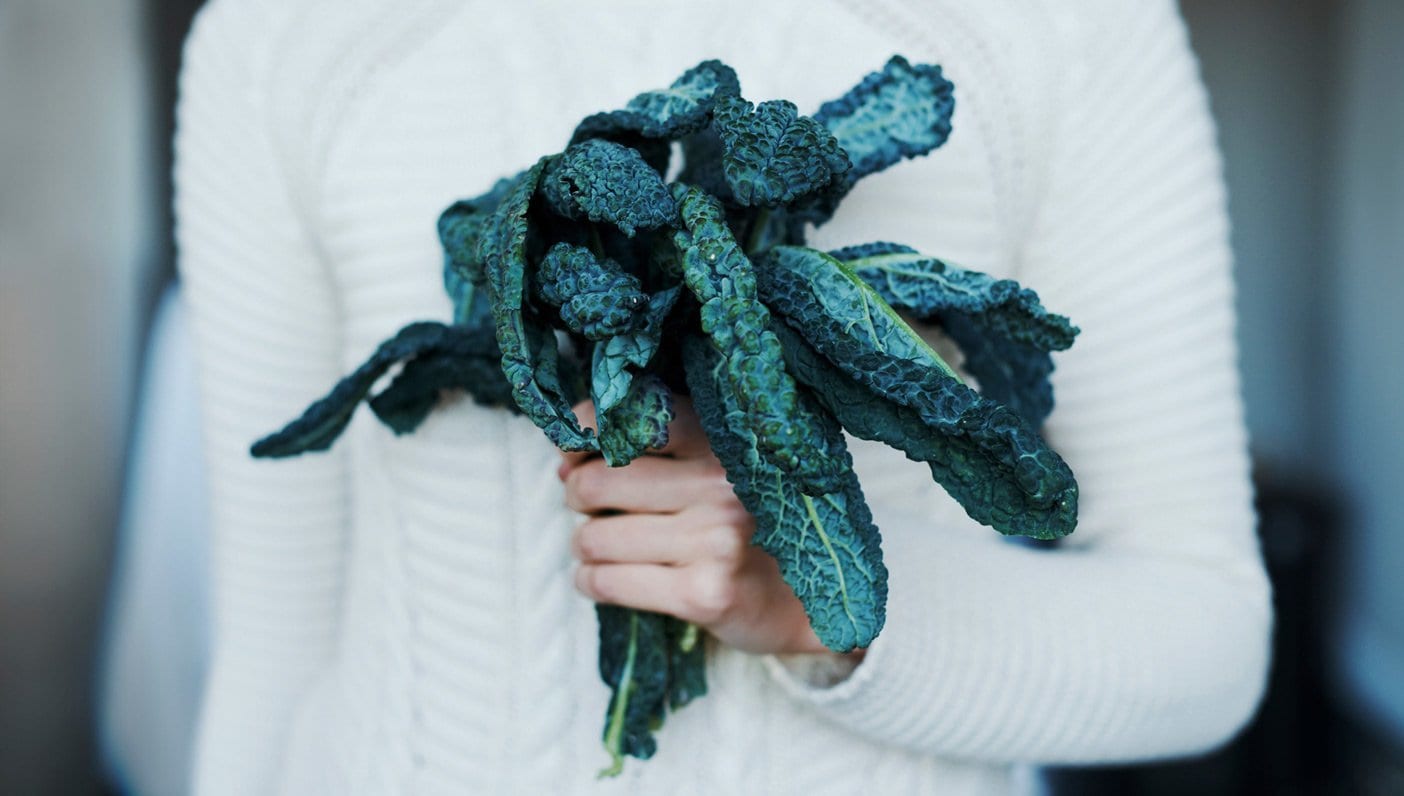
Emily Hightower is a past Wanderlust Festival presenter. For the 2016 lineup, click here.
This article is part of a series on applying yogic philosophy to food. Check out the previous article on Ahimsa, Satya, and Asteya.
When I teach a class called Brahmacharya for Food Behavior, we sink our teeth into the marrow of food addiction and unwanted habits. This fourth Yama, which can be translated as “moderation for inner resilience,” can taste a little bitter for some. The promise of working with it is a balanced path attained not through restrictions and mediocrity, but by waking up to what we really want to fill up in life.
Our modern lives swing us out of balance with competing priorities. Food is my gauge for when I’m out of control, because I eat when I’m stuck, bored, lonely, or procrastinating. It’s the first piece to fall apart when life is overwhelming. Suddenly there is no meal plan, we’re grabbing food on the go, eating out more, and snacking like fiends. No matter what’s not working in my life, I’m learning to use food to stabilize everything rather than as a numbing tool. When I prioritize eating well and having what we need in the house for the next several days, everything else is easier. I feel supported and free to focus on what we call “Primary Foods.”
Primary Foods are the things that really fill us with meaning and joy—like our relationships, work, spiritual pursuits, creativity, and exercise—and feed our souls. Do you know what your soul foods are? Are you lacking in any major Primary Food group? If so, you’ll likely swing into overeating to fill the void or dieting to feel control. I’m no dieter, so when I catch myself staring into the fridge and I’m not sure how I got there, I have learned to scan my Primary Food Diet for gaps. Balancing our soul food is only part of the process. We still need to uncover why certain food habits stick no matter what’s going on in our lives.
In yoga, we learn an edge and work with it. With food, we are much less forgiving.
We are hard-wired to seek pleasure and avoid pain. In yoga this is called samskara, or “canyons of habit” as I call them. We learn a pleasure like ice cream, and it’s lodged in the deep survival brain. So when we feel stressed, we subconsciously reach for ice cream, and voila! A baby habit is born from a trigger and positive response. If we practice a habit enough, it wears a groove in the brain’s synapses. A trigger becomes like a rainstorm on the brain and water flows down those canyons in ways that sometimes feels like an unstoppable flood.
Samskara patterns aren’t always bad (like a regular morning practice that feeds your soul), but food addiction patterns take you away from the moment’s real offering. They meet a temporary need and leave us feeling like we missed something. The lonely boredom you tried to eat would have been the petri dish for your next brilliant creation had you been able to sit with the discomfort. These gifts arrive when we open the door to the moment and partner with our life instead of reacting through food patterns to avoid it.
To overcome unwanted samskara patterns, we use Brahmacharya by being present with our pleasure/pain cycles to learn when we are abusing them. We’ve all experienced the law of diminishing returns. Wine is one of my examples. I love it, yet it gives me headaches and makes me feel bad sometimes. Moderating to the edge that I know I want with it has been hard. I notice I reach for it based on legible triggers; a celebration, friends for dinner, a beautiful meal. A little wine is known to create resilience. Too much creates depletion. So I’m using this practice to honor my boundaries and learn new ways to celebrate while enjoying it when it’s right. Food, wine, entertainment, adventure, sex—all of these pleasures have that ability to expand our life’s experiences or deplete us. How do you learn when enough is enough?
In yoga, it’s like Tree Pose. When you’re rockin’ it, everything feels present while nothing has to work too hard to stay put. It’s enjoyable, calming, and refreshing. We earned this experience by toppling over in practice many times. In yoga, we learn an edge and work with it. With food, we are much less forgiving. A regrettable late night snack that felt excessive becomes a character flaw instead of an edge to learn from. Getting yogic with your food is about transferring those Tree Pose-balancing skills of self-love, curiosity, and practice to your eating behavior. You’ll start to notice what threw you off or triggered a Samskara pattern with eating. When you feel that trigger next time you can stop and open the door in the middle between excessive indulgence and restrictive control. Through that door is not a dark hallway of rules to follow, but a golden room filled with present-time offerings.
To practice science-based food behavior change infused with healing real foods, yogic wisdom and coaching join me at ondalu.com. Next month we wrap up the Yamas with Aparigraha to study Flow State with Food.
—
 Emily Hightower founded Ondalu to empower people to make holistic decisions for their health. Her integrative programs have helped thousands of people including Wounded Warriors, Teens, and Women in Crisis using yoga, nutrition, and nature. Emily guides in person, on retreat, or by Skype and is based in Carbondale, Colorado, with her husband, son, chickens, and huge dog.
Emily Hightower founded Ondalu to empower people to make holistic decisions for their health. Her integrative programs have helped thousands of people including Wounded Warriors, Teens, and Women in Crisis using yoga, nutrition, and nature. Emily guides in person, on retreat, or by Skype and is based in Carbondale, Colorado, with her husband, son, chickens, and huge dog.